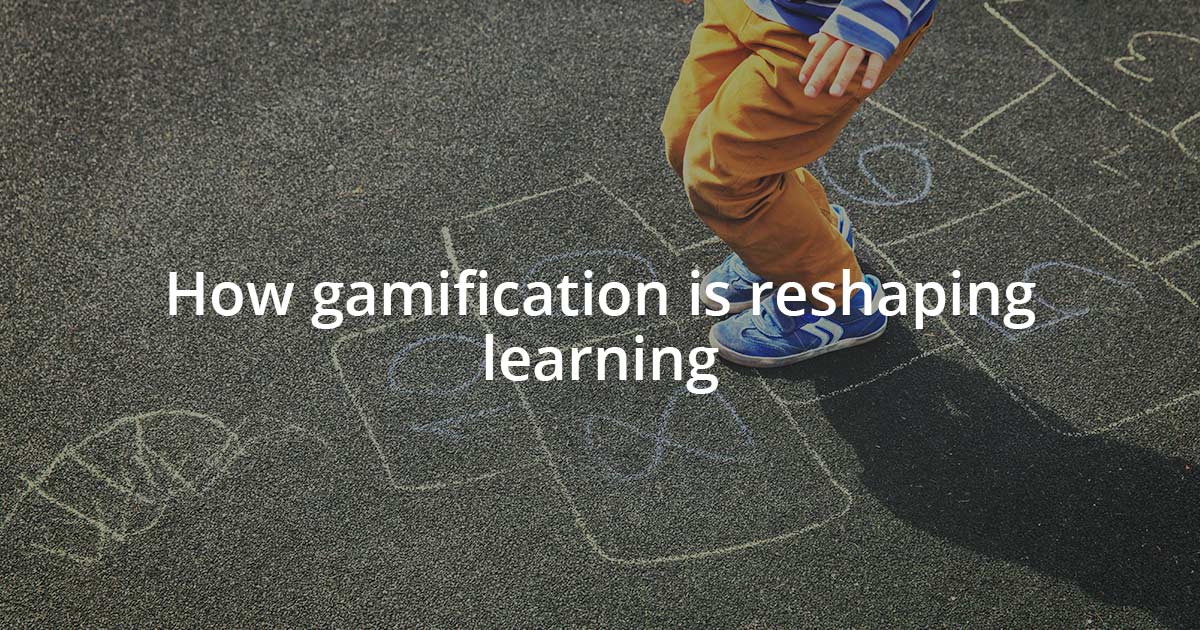
Gamification supports learning retention, faster decision making, and user engagement. But is it for you?
Think back to when you were a kid. The world was fresh and new and full of possibility. Everything you explored and discovered was novel, and moving through your daily routine was full of risk and reward. Now, think about your adult day-to-day; meal prep, your daily commute, your professional responsibilities, and the learning and development initiatives your boss or HR department requires you to complete. In all likelihood, your daily grind isn’t imbued with the same sense of wonder you experienced when, as a child, learning about the world around you felt like a game.
A recent survey by Deloitte indicated that 80% of learners feel learning would be more productive if it were more game-oriented. 80%! This stat alone practically makes the case for recategorizing gamification from an industry buzzword to a must-have feature. So, should you be bringing gamification into your organization?
Let’s take a step back and define exactly what gamification is.
Gamification refers to the use of game mechanics in non-gaming activities like learning. Brandon Hall Group suggests that gamification acts as “a positive disruption, a game changer that has the potential to level up the digital learning process”.
At its core, gamification has four key elements:
- A challenge or a goal that establishes what a person needs to accomplish to win
- Obstacles or impediments which need to be overcome to achieve the goal
- Incentives or rewards that users receive as they overcome obstacles and objectives
- Game rules that define users’ interaction with the game
This concept of taking the essence of games—enjoyment, play, openness, creativity, and challenge—and applying it to real-world objectives rather than pure entertainment not only increases enjoyment of the tasks but also reinforces quick decision making.
So, could gamification be right for your eLearning initiatives? The easy answer is yes. Not only does eLearning Gamification improve engagement, but it also supports learning retention as well. Brandon Hall Group cites Holden, a 2016 winner of a Gold Award for Best Program for Sales Training Performance, as an example of a company using gamification to drive tangible business results. The Holden Adaptive Platform partnered with Tata Interactive Services to deliver “right-sized” content that sales team members could apply in real time. This approach led to larger deals, 15% higher win rates, and 15% higher client satisfaction scores.Curious how you can initiate real change for your team using gamification to increase performance, learning retention, and decision making? Talk to an expert today!.
